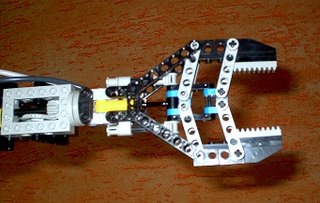I took a look at all of the Lego Robotics Journals last week. These are really science journals that you keep. Some of the journals were fascinating to read. Others were unreadable because there was nothing there to read.
This made me think it was time to discuss the journals again so that students can increase their learning and performance. In this world, "...if it is not written down or recorded somehow-- it did not happen." Anonymous
Today, we reviewed some features of Science Journals which included but was not limited to, notes, drawings, diagrams, maps, thoughts, qusetions, observations, procedures, analysis, predictions, and summaries.
I hope that your journal entries improve. It is hard for some students to get started. I will help. Just say, "Give me hand," or "help," and I will.
My first question to you will be, " What are you doing?" Then, "Why?" and so forth. Just write a quick sentence for your answer. Pretty soon you can train yourself to ask those questions inside your head and then answer them with writing in your journal.
Check out this rubric I made for your journals.
This made me think it was time to discuss the journals again so that students can increase their learning and performance. In this world, "...if it is not written down or recorded somehow-- it did not happen." Anonymous
Today, we reviewed some features of Science Journals which included but was not limited to, notes, drawings, diagrams, maps, thoughts, qusetions, observations, procedures, analysis, predictions, and summaries.
I hope that your journal entries improve. It is hard for some students to get started. I will help. Just say, "Give me hand," or "help," and I will.
My first question to you will be, " What are you doing?" Then, "Why?" and so forth. Just write a quick sentence for your answer. Pretty soon you can train yourself to ask those questions inside your head and then answer them with writing in your journal.
Check out this rubric I made for your journals.




